Strategic Planning for Minnesota's Natural and Artificial Watersheds
PROJECT OVERVIEW
Minnesota's vast network of natural watersheds is interwoven with artificial watersheds of agricultural drain tiles and ditches designed to lower the water table and enhance soil productivity. As the artificial watersheds move excess water into the natural watershed the water also delivers contaminants, including excess nutrients, estrogenic compounds, pharmaceuticals, and other synthetic chemicals. Once in the natural watershed these contaminants pose threats to the health of animals, humans, and the environment. Through this appropriation, scientists from the University of Minnesota's Department of Soil, Water, and Climate are using specialized technologies to identify specific, on-the-ground efforts that can be implemented to help protect Minnesota's natural watersheds by "disconnecting" them from the artificial watersheds through a variety of practices. Findings will be used to guide strategic installation of wetlands, riparian buffer strips, and perennial vegetation in agricultural areas of the state that can help manage excess flows and contaminants, thereby reducing water quality impairments.
OVERALL PROJECT OUTCOME AND RESULTS
Artificial watersheds have significant areas that are drained using ditches and/or buried perforated pipes, leading to hydrologic characteristics that differ from natural watersheds. Water and pollutants from artificial watersheds often disturb the hydrologic regime and impair water quality in natural watersheds. This project aims to protect Minnesota's natural watersheds by disconnecting them from the artificial watersheds.
High resolution digital elevation models (DEMs) from LiDAR and corresponding digital orthoquad photos were obtained in Beauford Creek, Seven Mile Creek and Elm Creek Watersheds. These data were used along with GIS databases for land use, soils, and hydrologic networks to predict the locations of renewable wetlands. In the Beauford watershed (5,500 ac), logistic regression was able to accurately identify 69% of the potentially restorable wetland locations. Most of the error was due to very small wetlands that are difficult to identify using GIS techniques alone. In the Seven Mile Creek watershed (23,500 ac), logistic regression was able to accurately identify 70% of the potentially restorable wetland locations. In Elm Creek (186,600 ac), 94% of the potentially restorable wetlands were identified. These results show that it is possible to quickly and accurately identify a large proportion of larger restorable wetlands over large areas in Minnesota using straightforward terrain analysis techniques, soil databases and logistic regression.
The optimum locations for restoring wetlands were determined based on factors that included the location and extent of subsurface tile drains, the contributing area to the wetland, the distance between the potential wetland and nearby streams, ditches or county tile mains, the amount of discharge from subsurface tile drains to wetlands, and the ratio of drainage flow to wetland storage capacity. Using these criteria, 44 optimal sites for wetland restoration were identified in Beauford Creek watershed, while 75 sites were identified in Seven Mile Creek watershed. Placing wetlands at these locations is optimal in terms of intercepting, treating and reducing the effects of subsurface tile discharge to nearby drainage ditches.
More efficient approaches for processing LiDAR DEMs were developed using a supercomputer. The new methods run much faster than conventional methods for processing LiDAR DEMs on a personal computer. Terrain attributes for DEMs (e.g. slope, flow accumulation, stream power index, compound topographic wetness, etc) were calculated for all 42 Minnesota counties that have LiDAR data. We are exploring the possibility of using the Minnesota Geospatial Information Office web site to disseminate these LiDAR based terrain attributes.
$327,000 is from the trust fund to the Board of Regents of the University of Minnesota to identify the interrelationship between artificial systems of drain tiles and ditches and natural watersheds to guide placement of buffers and stream bed restoration and modification.
Click on "Final Report" under "Project Details".
Click on "Final Report" under "Project Details".
